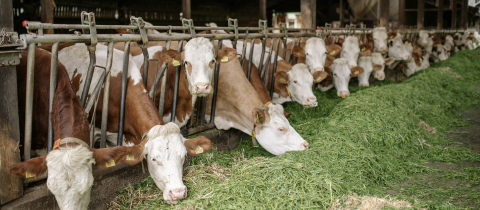In 1874, thirty five men solemnly gathered at a grave sight in Northumberland, Pennsylvania. They had come to lay the foundations for the American Chemical Society, which would eventually become the largest scientific society in the world. Why did they assemble in such a somber setting? Because, in America, there was no place symbolically more appropriate for this event than the grave of Joseph Priestley.
Priestley was born in England in 1733 and became a Unitarian minister. A chance meeting with Benjamin Franklin kindled his interest in science and spurred him to write a book on The History of Electricity. Although he became more and more interested in science, Priestley still regarded the ministry as his primary calling. An opening in a Unitarian Church in Leeds gave him the opportunity to launch his career as a preacher. By luck, it also gave him the opportunity to launch his scientific career. Priestley's home in Leeds happened to be next to a brewery which gave off plenty of vapors. He became interested in these "airs" as he called them, particularly in the one that was responsible for the bubbles in beer. This "fixed air" he recognized as the same gas that made certain naturally occurring spring waters effervescent. Health resorts in Europe were serving such fizzy waters as supposed cures for various illnesses and Priestley began to wonder whether or not water could somehow have an artificial fizz added to it.
Joseph Black had already shown that "fixed air" could be produced by the action of acids on marble. So Priestley combined sulfuric acid and chalk to form carbon dioxide, although he of course did not recognize the gas as such. He collected the gas in a pig's bladder and found a way to use it to carbonate water. He was awarded the Royal Society's prestigious Copley Medal for his publication on "Directions for Impregnating water with Fixed Air." Soda water, as the fizzy stuff was called, became very popular. It was taken along on ocean voyages because it tasted better than the usual, stored stagnant water. It also developed a false reputation as a preventative against scurvy and other diseases. Soda water was actually sold in apothecary shops. But John Nooth, a Scottish physician, complained that the use of a pig bladder imparted an off flavour to the water, and to solve the problem, developed a glass apparatus for carbonating water. This found widespread use in shops and homes. The soda boom had begun.
Want to engage with this content? Comment on it on our Facebook page!







